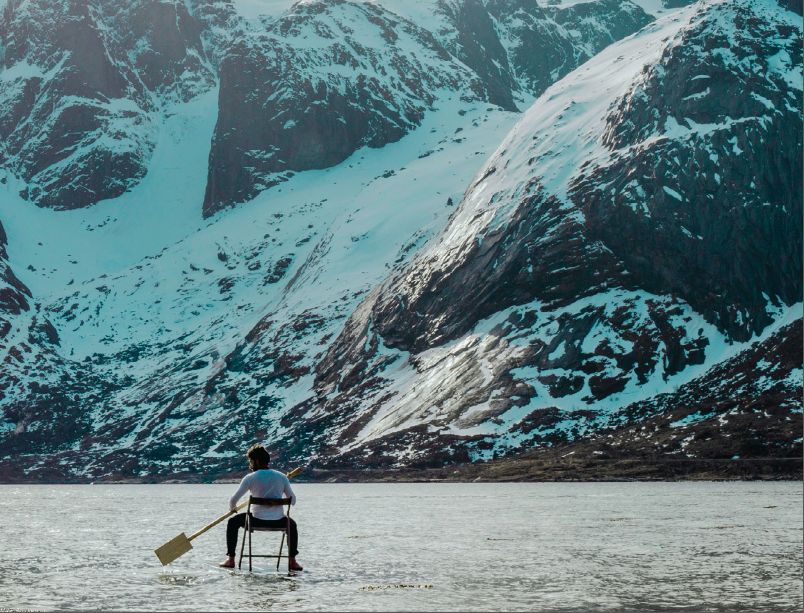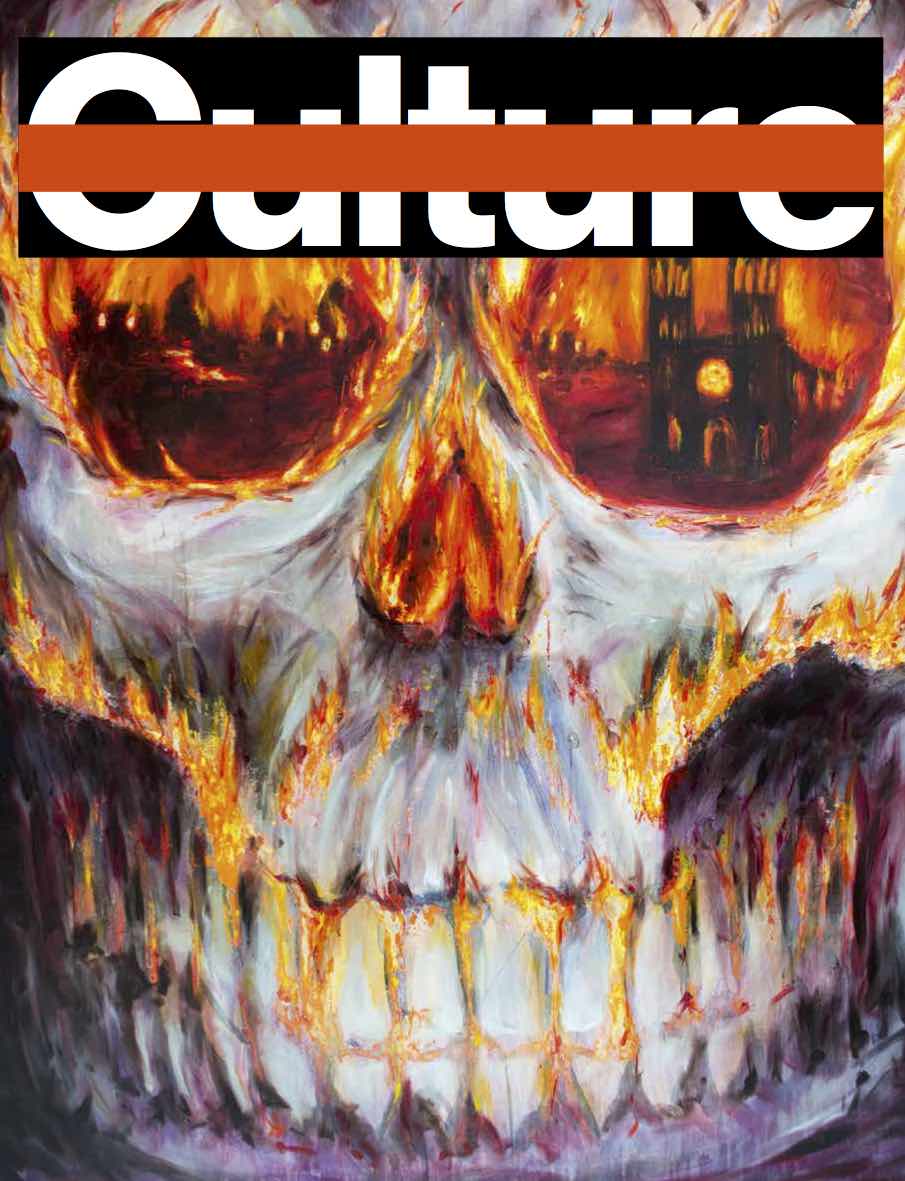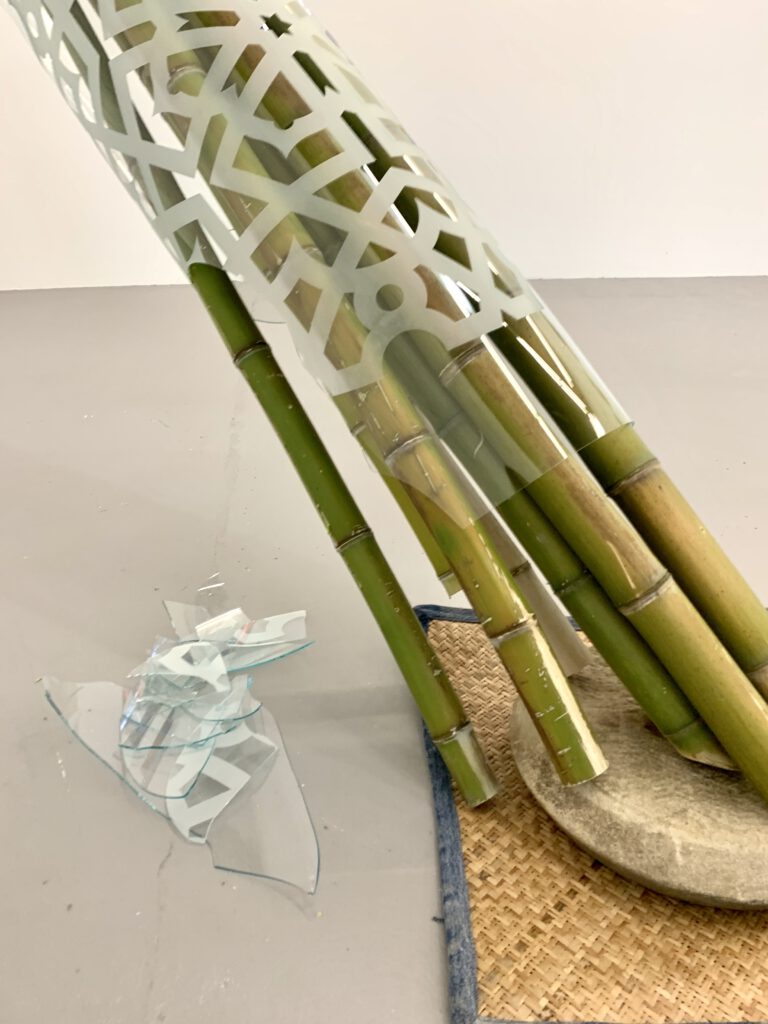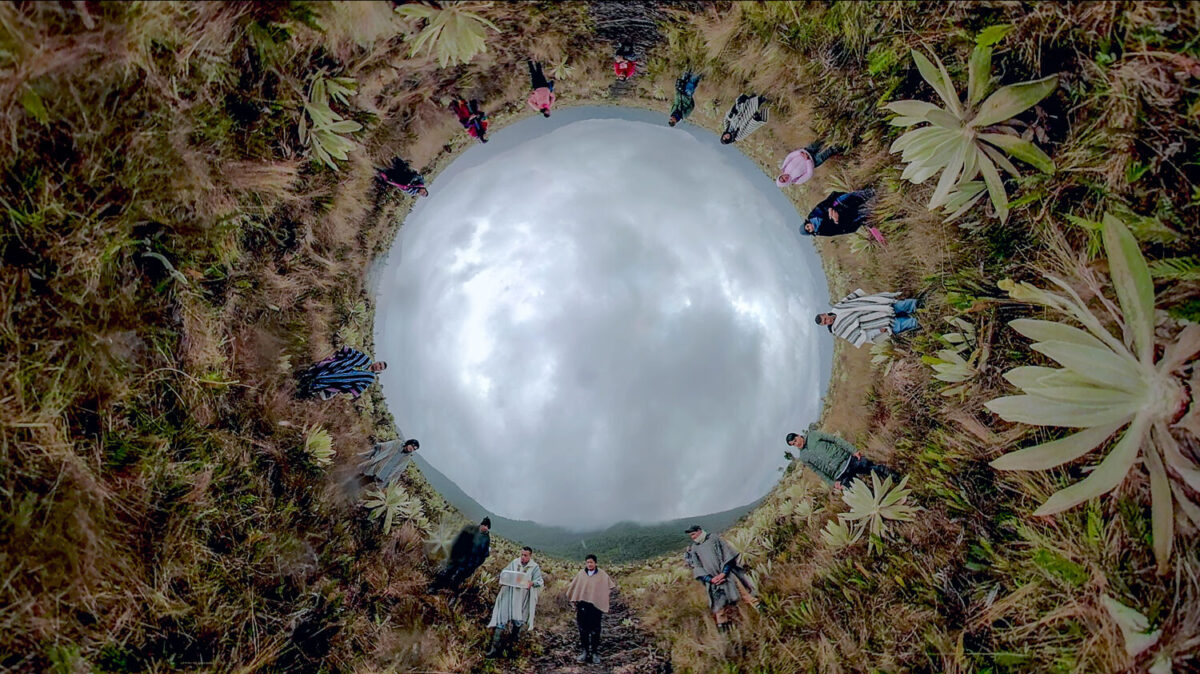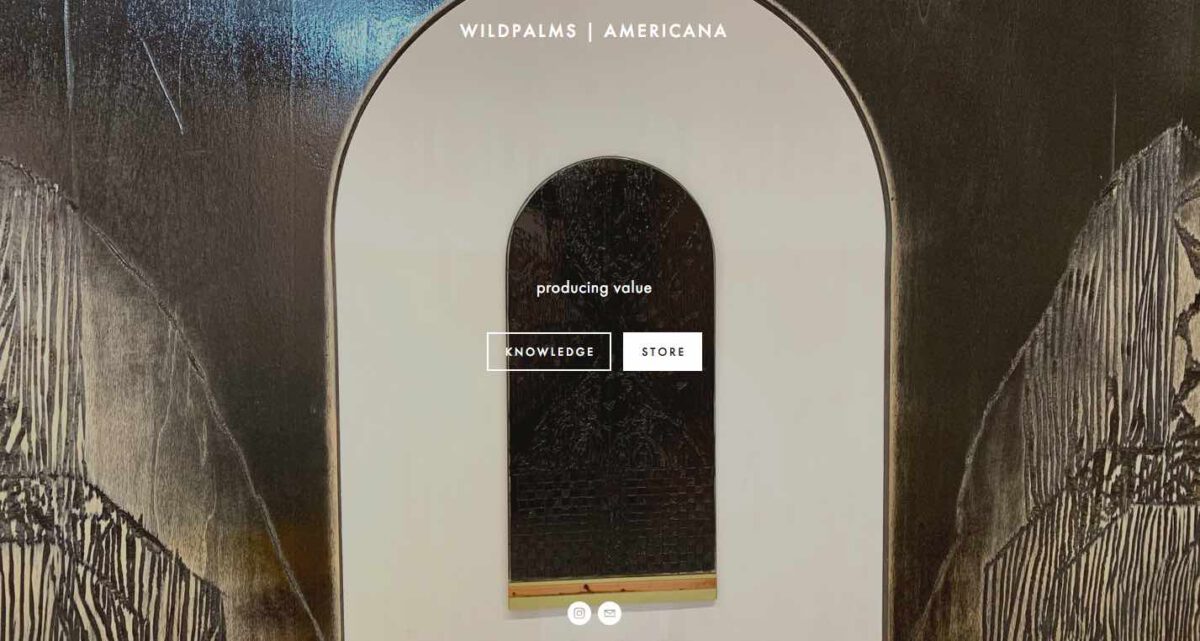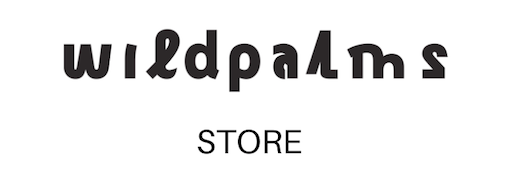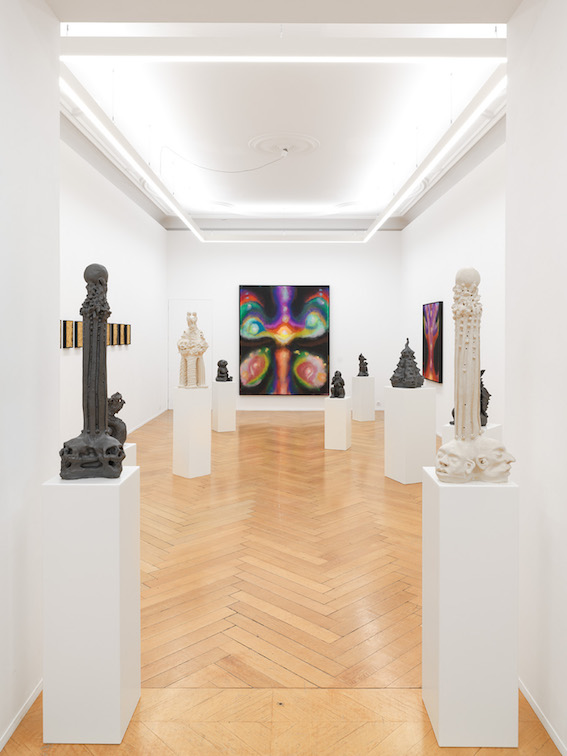wildpalms canadian artists Nika Fontaine, exhibits F.E.A.R at Robert Grunenberg in Berlin. Nika Fontaine presents 2 of her body of works. Akasha, from 2017 and her latest production, vanishing fears, consisted in embossing drawings and sculptural works. Exhibition’s text, written by Oliver Koerner von Gustorf
F.E.A.R.: False Evidence Appearing Real, the title of Nika Fontaine’s first solo show at Robert Grunenberg Berlin, is an acronym for self-generated fear. Albeit not being grounded in reality, this fear does feel real. It occurs when we feel undermined, threatened or attacked. Likewise, “False Evidence Appearing Real” is a crucial concept in Alcoholics Anonymous’ twelve-step program, supposed to remind its participants that their personal views are subjective and do not necessarily line up with reality. Rather, it is a type fear which is linked to self-centeredness along with holding on to the ego and which tends to summon addictions, as well as psychic and emotional dependencies.
A central element of the artists’ oeuvre is the examination of identity, spirituality, transformation and healing. Fontaine’s very own transition from male to female, a journey she embarked on in 2014, plays a key role here, as a motif of perpetual inner and outer change. Since the early days of her career, Fontaine, who was born in Montreal in 1985 and has been living in Berlin since 2008, draws on the history of visionary art. Her work cycles are often preceded by profound contemplations of spiritual traditions such as Buddhism, Hinduism, Christian and Jewish mysticism, alchemy, theosophy, folk art, or so-called “outsider art”. In her paintings, sculptures and installations, experiences of spirituality and pop culture amalgamate with a radical questioning of hierarchies in art history and society at large. In her art, archetypal symbolism, medieval imagery, nods to abstract and post war-modernism meet at eye level with the aesthetic vocabulary of glam rock, gothic, dark metal, new wave, as well as the retro styles of 1970s and 1980s sci-fi, fantasy and horror flicks. Unfailingly, there is a quality of dialectic oscillation present in Fontaine’s works, an interplay of inner, psychologically charged processes and a focus on surfaces, materials, form, and style.
For instance, in her earlier work series Pimp my Ride to Heaven (2014) or Transcendental State of Grace (2016) she picks up on Wassily Kandinsky’s tectonic-synthetic compositions found in his late work of the 1930s. In her “Glitter Paintings” she quotes the structures of Mark Rothko’s transcendental color-field paintings. To Fontaine, the glitter, which is very much associated with “queerness” in today’s cultural industry, first and foremost becomes a formal choice, a means to achieve intense vibrancy and a sense of interactivity, as every step the spectator takes towards the paintings dynamically alters the distribution of colors and the perception of depth of field. Creating an unmediated relationship between outer and inner processes is a major aspect of Fontaine’s artistic practice.
This also holds true for her exhibition F.E.A.R.: False Evidence Appearing Real: Banishing Fears, the pivotal work of the show, is a series of at times monumental earthenware pottery works, that were created between 2019 and 2020 during a residency in the Netherlands, that deal with alchemistic processes of transformation. Psychoanalyst C.G. Jung regarded alchemy as a sort of proto-psychology. In alchemist theory, the transformation of non-noble metals into the “philosopher’s stone,” which in turn can be used to craft gold, embodies the principle of transmutation, of healing and catharsis, as well as inner “refinement”. An alchemistic process usually commences with the so-called materia prima, which is composed of sulfur (male, red, solar, hot) and mercury (female, white, lunar, cold). These two substances (or spiritual elements of the self) then undergo calcination, a phase in which the metals are blackened and subsequently pulverized. This “death of matter” transforms them into the “white queen” and the “red king.” Both principles, the female and the male one, are eventually united by fire in the alchemist’s pot. Their unity ultimately begets the philosopher’s stone, which transforms simple metals into gold — or, speaking psychologically — which epitomizes the holistic self, hermaphroditically joining the male and the female.
In Fontaine’s work, the “death of matter” becomes synonymous with the “death of the ego,” that is the act of letting go of all static conceptions of one’s self. “By means of my craftswomanship I spiritualize matter and materialize the metaphysical,” she claims. Her pottery depicts the dissolution of the ego like a psychedelic, very corporeal trip, that manifests in a variety of shapes: medieval gargoyles and demons, a screaming, child-like trans woman, mere clumps from which scales and heads emerge, mounts of skulls, the Kabbalah’s “Three Mothers,” embodied in the Hebrew letters Aleph, Mem and Shin, which represent the three psychic forces of thinking (ש), feeling (א) and wanting (מ).
Those pieces of pottery that were inspired by the Austrian sculptor Elmar Trenkwalder, meanwhile, are somewhat reminiscent of Auguste Rodin’s sculptures, but only after their mating with John Carpenter’s The Thing (1982) and bizarre demons that appear in experimental Japanese horror movies which Fontaine loves. The objects bear a demonstratively artificial and decorative quality; they are such obvious references that they invoke a certain sense of distance. The show’s title, too, is recycled in some way: it is a broken-down spiritual slogan, as it could appear in AA, NA or CoDA leaflets. Fontaine’s artfully embossed metal reliefs, which are inspired by fables appearing in the Zohar and the Bhagavad Gita, resemble recreations of historic artefacts; they are as much dressed up — or “in drag,” for that matter — as the spiritistic-cosmic glitter paintings from her Akasha series (2017), that evoke Hilma af Klimt or Rudolf Steiner. However, it is precisely this ambivalence from which the enormous energy of Fontaine’s work emanates: the work’s alluring surfaces do not instantly reveal their seriousness and urgency. After some contemplation, though, they turn out to not conceal anything, either — the spectators are not looking at the representation of an experience, here, but rather at the materialized experience itself.

